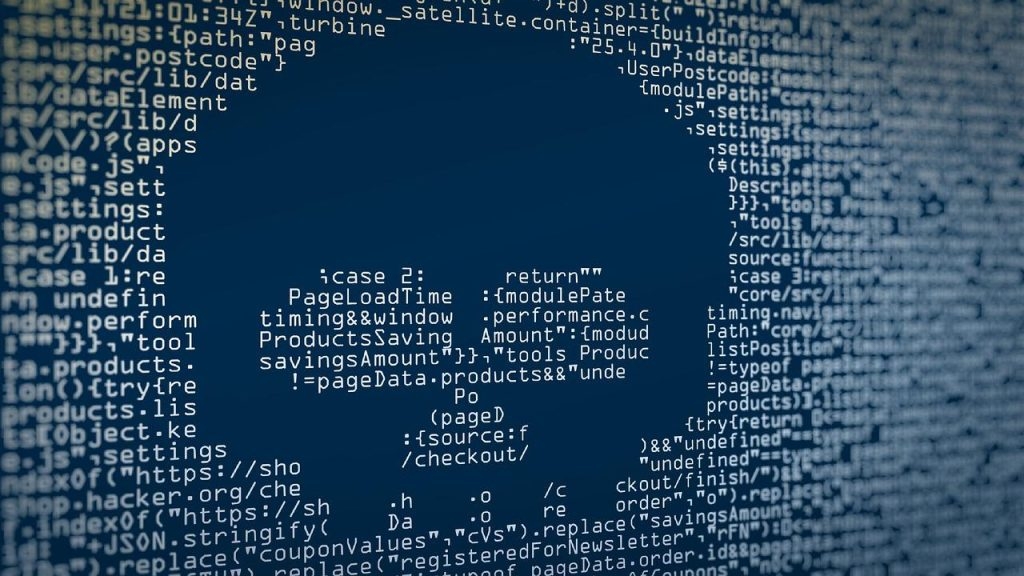When it comes to cyber attacks, malware is by far the most popular tactic. However, there are things you can do to lessen your exposure. To avoid falling prey to cybercrime, educate yourself as much as possible.
How to Identify and Remove Malware from a Computer?
Indicators of a virus or malware can vary widely, although many varieties of malware are undetectable to the human eye. Aside from the obvious dangers of identity theft and credit card fraud, stealthy malware programs may be even more dangerous. Malware may be lurking on your system if you detect any of the following symptoms:
Step-by-step instructions on how to get rid of malware from your PC
The easiest way to keep your computer free of malware is to prevent it from happening in the first place. It’s not the end of the world if your device gets infected. Manual virus eradication is possible, but even for experienced users, it is a difficult task. So, using VPN for Windows keeps your computer safe from malware. Even so, you can get your computer back to regular working order in a few simple steps.
Install an Appropriate Anti-Malware
The first step is to install an antimalware program and install it on your computer. This will assist in determining the severity of your virus and get your computer back on track. The next step is to select a long-term anti-malware solution. When looking for an anti-malware program, look for the following characteristics:
It’s cloud-based, so it can be updated quickly to keep up with the latest threats.It’s backed by a dedicated research team that’s always on the lookout for new infections.This company’s award-winning customer service team responds rapidly to service calls. I can trust it because it’s supported by a well-known and respected company.
Don’t Trust Unofficial downloads.
What is the source of malware? Downloads. That’s why being cautious when downloading files from the internet is so critical. It’s best to stop malware at its source to keep yourself and your machine secure. Apps and updates should only be downloaded from approved app stores, and suspicious emails should be avoided by avoiding opening attachments or clicking on links.
Recognize the Apparent Symptoms that Malware is infecting your System.
Anti-malware software is the most effective technique to keep malware away from infecting your computer or mobile device. However, it’s possible that your device has been damaged. The next stage in protecting oneself against malware is spotting the telltale signals. It’s not always easy to tell when anything is wrong. It’s possible for some spyware to hide in the background. There are other indicators, such as sudden software crashes, freezing, and generally poor computer performance. Make a note of whether or not it’s connected to any Wi-Fi networks, and if so, turn it off immediately. Check for malware on your computer by running a scan using an anti-virus program. If your employer owns the device, you should contact your company’s IT staff immediately. Contact a reliable IT service provider if your personal computer has been damaged.
